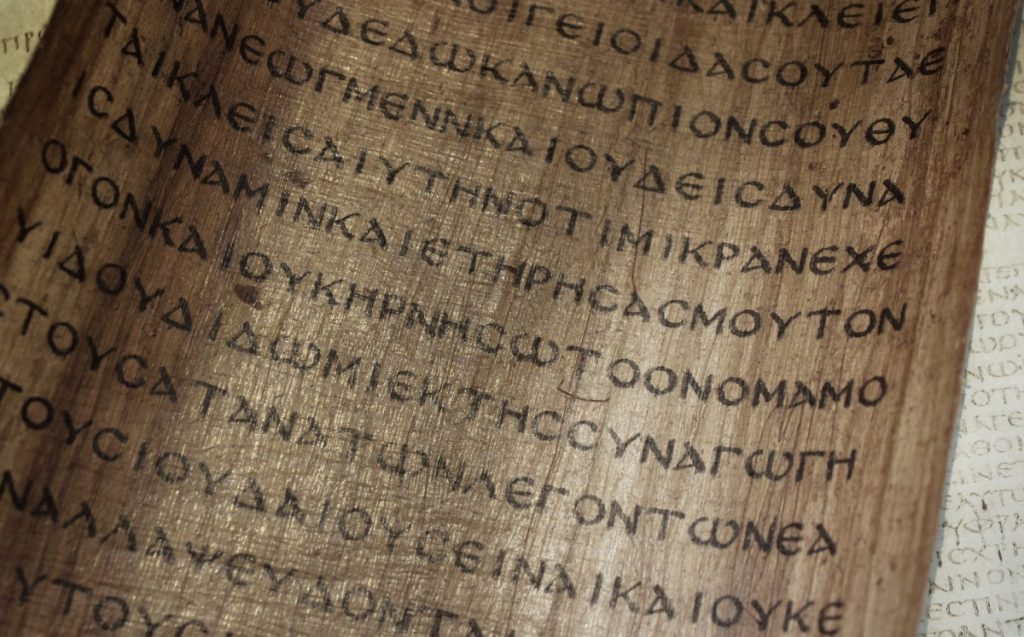Living in the “New & Better” – Part 1
January 10, 2022How to Deploy the Imprecatory Psalms
February 25, 2022
I recently shared my disappointment on social media that BibleGateway.com had chosen to drop The Passion Translation from its extensive array of available translations. This prompted some folks to point to criticisms of the TPT that can be found online. I won’t address those critiques here (spoiler alert, I think they’re silly) but I will share a few thoughts about Bible translations in general.
First let me be clear. All scripture is God-breathed and infallible and inerrant in the original manuscripts.
In contrast, Bible translators are human, and therefore flawed and fallible. All of them. (This, even though many of the 1611 KJV only folks contend that it, and it only, was providentially, supernaturally translated perfectly. lol )Here’s the thing. Every translator brings a “lens” to his or her work of translation. That lens is their pre-existing theological assumptions.
Translating Hebrew, Greek, or Aramaic to English is not like math. Words in those languages had multiple meanings, just as many modern English words do. So what informs the choice?
Theological presuppositions.
A great example is the challenge associated with translating words like ge and kosmos in Greek. The Greek word ge can mean soil, as in “a handful of dirt”; or “land” in the sense of a territory or nation; or the earth or world, as in the whole planet. So which is the right choice? Context often provides good clues. But context occasionally leaves room for more than one possibility. In Matthew chapter nine, Jesus uses the word ge three times. Most translations render it “earth” once and “land” twice in the same discourse. Is that correct? Maybe. The thing is, theology, and often a subset of theology called eschatology, informs such choices.It all adds up to this:
I don’t recommend that anyone use only one translation of the Bible. And all translations and paraphrases should be read with the understanding that the human beings who chose those English words might have not gotten it quite right 100% of the time. Which, in turn, makes it super helpful that sites like BibleHub.com and BibleStudyTools.com and others provide easy to use interlinear helps and concordances that allow you see the underlying words in the original languages and the variety of meanings they can carry.
When it comes to Bible translations, more is better. There is safety in numbers.
Which brings me to The Passion Translation . . . There are word-for-word, translations (NASB). Thought-for-thought translations (NIV). And paraphrases. (The Living Bible, The Message). All have value. All are flawed. The Passion lives somewhere between thought-for-thought and paraphrase.
I don’t think any believer should rely on one translation. The NASB is very accurate but often nearly unreadable for that reason. I have added The Passion to the group of versions I reference for two reasons. Its prose is lovely and often captures New Covenant truths in beautiful ways. Second, translator Brian Simmons has drawn on early Aramaic text sources that very few other translations reference. It’s also the most thoroughly footnoted version I use. Simmons makes it clear when he’s adding text not in the originals (italics) and footnotes concepts drawn from the Aramaic texts.
I would never have it as my only version, but I love it.
